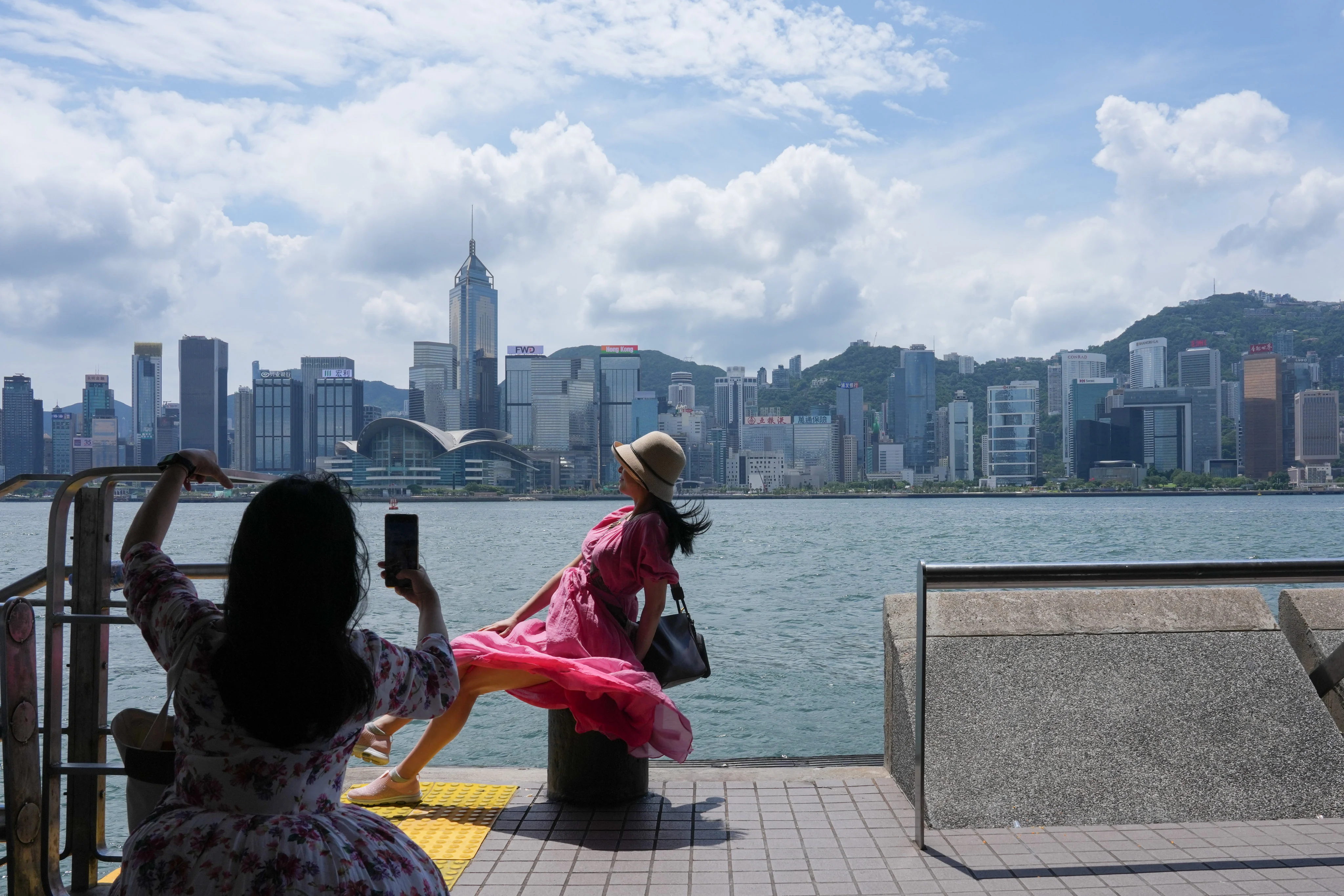By Connor Mycroft,Wynna Wong
Copyright scmp

This story has been made freely available as a public service to our readers. Please consider supporting SCMP’s journalism by subscribing. Hong Kong readers now get 50 per cent off their first year of subscription until September 21, 2025.
A No 1 storm signal will remain in force until 9am on Friday, Hong Kong’s forecaster has said, while warning that a second tropical depression moving towards the city is predicted to intensify into a super typhoon next week.
The Observatory said on Thursday that two storm formations were entering the region, with the further of the two located about 2,240km (1,392 miles) east-southeast of Hong Kong in the morning.
The No 1 typhoon standby signal was issued the previous night.
The Observatory earlier warned that hail could hit the city on Thursday afternoon, but in a later reply to the Post, it said it had not recorded any instances and had removed the notice from its forecast.
“The tropical cyclone over the western North Pacific to the east of the Philippines will intensify significantly and move towards the vicinity of the Luzon Strait in the next few days,” the forecaster said.
The Observatory predicted that the cyclone would gradually intensify into a super typhoon at about 600km away from the city on Tuesday, with wind speeds at its centre as high as 185km/h (115mph).
Some experts said it was possible a No 10 hurricane signal would be issued next week, although there was still uncertainty over the cyclone’s movement.
“The tropical cyclone [is still] very far away in the Pacific Ocean, and may develop into a super typhoon that could perhaps pose a threat of a No 10 signal, but that would be Wednesday or Thursday next week,” Leung Wing-mo, a former assistant director of the Observatory, said.
Clarence Fong Chi-kong, an independent forecaster and founder of Weather Underground of Hong Kong, said it was premature to make predictions about the storm and that the situation would become clearer on the weekend or Monday.
Fong noted that some experts were comparing the potential storm with Typhoon Mangkhut in 2018, which triggered a No 10 signal that lasted for 10 hours in Hong Kong – the second-longest No 10 warning since World War II.
“Although some forecast models predict the storm next week coming close to Hong Kong, other models predict a more westward track towards Leizhou Peninsula or even Hainan Island,” he said.
“The latest ensemble forecasts have a larger spread than Mangkhut, which means a higher uncertainty in the [cyclone’s] future track.”
Another storm, meanwhile, was upgraded to a “tropical storm” on Thursday afternoon and was dubbed “Mitag”, a female name in Yapese meaning “my eyes”.
The Observatory said Mitag was located about 410km east-southeast of Hong Kong as of 4pm.
Mitag was expected to gradually intensify and edge closer to eastern Guangdong province, before turning westward and moving closer to the vicinity of the Pearl River Delta, it added.
While Mitag’s landfall position and intensity remained uncertain, the forecaster said it would continue to monitor the storm and assess whether to issue a higher warning signal on Friday.
The Observatory also issued a “very hot weather” warning earlier on Thursday, as the mercury hovered at around 32 degrees Celsius (89.6 Fahrenheit) in urban areas, and maximum temperatures soared to above 35 degrees in Yuen Long Park.
Sheung Shui, Lau Fau Shan and Tai Po registered temperatures of above 34 degrees.
The forecaster said the weather was expected to remain very hot for the rest of Thursday.
Winds would strengthen gradually on Friday, with showers likely to occur.
Occasional squally showers and thunderstorms were also expected over the weekend, with the public advised to stay away from the shoreline and refrain from taking part in water sports.



